FAST TRACK FOR HIP AND KNEE REPLACEMENT: HOW TO SPEED UP RECOVERY AND REDUCE PAIN AT POLIAMBULANZA
Planned or emergency prosthetic joint replacement, in particular hip and knee prostheses, is carried out at the Orthopaedics and traumatology Department of Poliambulanza Foundation Hospital in Brescia, with the most modern instruments like the computer navigation system or the patient-specific instrumentation (PSI). The computer technology generates a “virtual model” of the patients’ joint and then calculates what the optimum position the joint should be placed to provide the individual patient with the very best result. Peoples’ joints are all slightly different and therefore a “one position fits all” approach does not provide the optimum solution.
The PSI is another modern technique that uses magnetic resonance imaging (MRI) or computed tomography (CT) of the hip, knee, and ankle joints to create a three-dimensional (3D) model of the joint to replace. Both techniques enable to personalize arthroplasty according to the physical and functional characteristics of the patient, to improve the accuracy and the overall result, and to speed up recovery times, while also reducing pain.
Not all orthopaedic departments can endorse the use of contemporary techniques, although the identical department excels in replacing femoral neck fractures in the elderly with swiftness. Global protocols indicate that protracted wait periods for emergency prosthetic surgery raise the jeopardy of patient fatalities and disabilities. At Poliambulanza Foundation, over 90% of patients with this condition receive surgical treatment within 48 hours, with an average of 24-36 hours. The use of advanced materials and techniques is aimed at expediting the recovery process of patients.
The Orthopaedics and Traumatology Department received top ranking in Italy for the treatment of femoral neck fractures in the elderly, thanks to successful implementation of the fast-track organizational model. This was confirmed by the Italian National Agency for Regional Healthcare Services (AGENAS), which evaluates Italian hospitals based on objective criteria.
Safety and fast discharge were achieved with this model
The adoption of the “fast track” organizational model is the main reason for the success and excellence of this Unit. As stated by Dr Flavio Terragnoli, Head of the Department, “this programme offers a perioperative care path that can possibly eliminate the need for urinary catheter, joint drainage, and the use of transfusions. Additionally, the programme allows for optimal pain control through the use of L.I.A. (local Infiltration analgesia), which is an advanced technique for controlling acute postoperative pain. Local infiltration analgesia (LIA) involves the use of analgesics and anesthetics directly infused into the tissues surrounding the surgical incision. This technique effectively relieves pain, facilitating immediate mobilization. Within 2-3 hours of the procedure, patients are able to return to their rooms, with quicker rehabilitation and recovery rates”.
With the assistance of physiotherapists, early mobilization and the use of an antebrachial walker, it is possible for the patient to take short steps and march briefly on site the same day as the surgery. Additionally, the patient should aim to take at least eight steps around the bed. This early mobilization has proven to be effective in promoting recovery. Technical terms will be explained when introduced for clarity.
In the next two days following surgery, the physiotherapist aids the patient in moving the treated limb and doing functional exercises. The patient independently repeats these exercises several times per day until release. With the help of the physiotherapist, the patient acquires the skills to walk with crutches, climb stairs, and enter or exit a car on their own.
On the third to fourth day after the operation, the patient is released from the hospital or moved to a recovery unit. The objective before the release is for the patient to be able to walk a minimum of 50 meters.
Additionally, it’s worth mentioning that through this swift program, certain patients, chosen by the anaesthetist during the pre-operation consultation, can go home without requiring a rehabilitation facility. After being released, you will have frequent check-ups, which consist of x-rays to see how the implants are doing. Joint replacements are now a common operation, but to be successful and allow for a satisfying outcome and early reintegration into daily life, it is essential to have a planned collaboration involving the patient, family, medical staff, nurses, and physiotherapists. Merely relying on cutting-edge materials and techniques is not enough.
Anaesthesia is done based on the patient and anaesthetist’s booking before surgery. Regional anaesthetic methods, like epidural and spinal anaesthesia, make up 90% of these techniques.
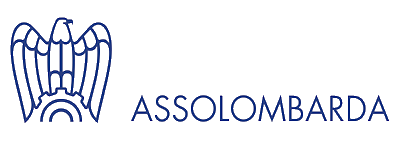
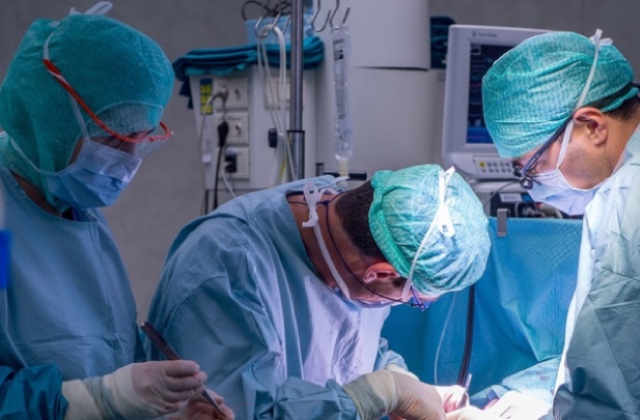

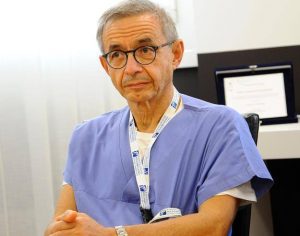 Dr Fabio Terragnoli is Chief of Orthopaedics and Traumatology DepartmentPoliambulanza Foundation Hospital since 1996.
Dr Fabio Terragnoli is Chief of Orthopaedics and Traumatology DepartmentPoliambulanza Foundation Hospital since 1996.